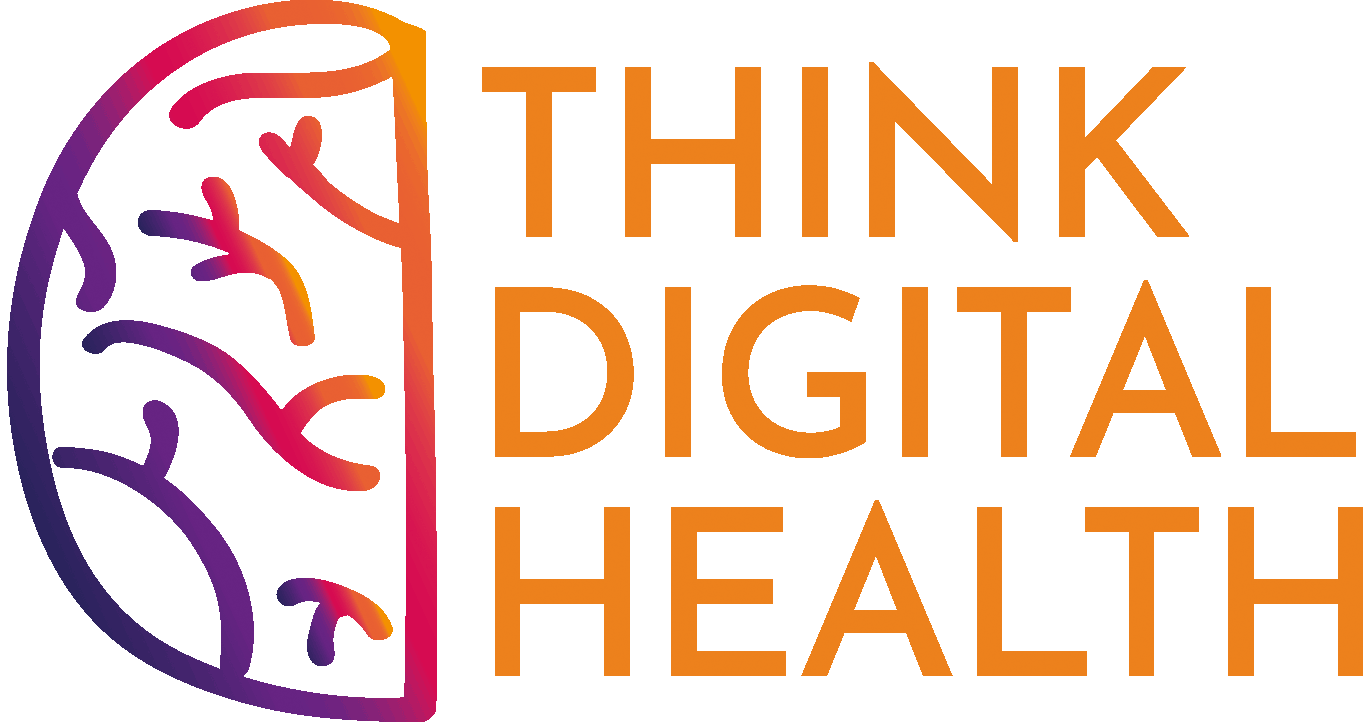Software As Pills
- Christy Cheung
- Sep 10, 2019
- 4 min read
A digital therapeutic (DTx) refers to an evidence-based software intervention used to prevent, manage, and/or treat a medical condition, which can be used alone or in addition to traditional, non-digital therapeutic options. It differs from the umbrella term, digital health, which encompasses anything from wellness applications (for example, to promote healthy habits or to track fitness activities) to data analytics tools that support health services.
Compared to traditional medications, digital therapeutics offer increased accessibility, largely due to convenience and lower cost. On the clinical side, with their technological capabilities, DTx allows for continuous monitoring of real-time data by healthcare professionals. So, for patients, this could mean quicker interventions when required. For industry, this could mean quicker recognition of insights into the research and development process, not to mention that modifications to existing drugs on the market that serve to improve treatment outcomes overall can be granted patent extension. The bottomline is that with access to real-time data, increased efficiency is achieved on both a micro and macro level.
My first exposure to the field of Digital Therapeutics was when Otsuka got the go-ahead to market Abilify (aripiprazole) with an embedded tracker, otherwise known as Abilify MyCite, to measure adherence in patients. This was back in November 2017. Since then, although a fairly unassuming field still, it was already reported to be valued at $170 million in 2018, and is expected to exceed $32 billion in the next five years.
Collaborations between pharmaceutical and software technology companies are quickly taking place. Most of the larger Pharma companies have at least one of these partnerships under their belts, but it seems like both parties are still figuring out how to best manage this dynamic relationship.
From Pharma’s perspective, the digital health groups should be the experts in all things data — access, ongoing collection, storage, privacy, — but more importantly, they need to provide evidence backing their product; in other words, they need to demonstrate that they understand the stringency and the criteria behind determining therapeutic success. As Peter Hames of Big Health put it,”whether it’s a molecule or an algorithm, the same principles should apply.” On the other hand, with its manpower, capital, and experience in bringing medications and medical devices to market, Pharma naturally appeals to digital health groups; however, Pharma needs to show that they are willing to adapt their business models. Unlike molecules, digital therapeutic products do not typically need to go through as arduous of a journey. Pharma should recognize that their long-standing approaches will need to be restructured if they are to enter the digital therapeutics market.
While both sectors have steep learning curves, once those are conquered, the result is a symbiotic relationship that represents the promise in bringing together healthcare and technology.
Now, where are we currently in terms of Digital Therapeutics?
We have two segments under this field. As mentioned before, DTx can be used alone or in addition to conventional treatments. Evidently, then, we have one segment of DTx that may replace medications and another that acts as complement to medications.
So far, many of the key players in DTx have sought to “target conditions that are poorly addressed by the healthcare system today, such as chronic diseases or neurological disorders.” These conditions are ripe for digital enhancement because their patient populations tend to fare better with more frequent monitoring; not only that, but in certain disciplines like neurology or psychiatry, for example, healthcare systems far and wide do not have enough specialists to meet patient demand.
Abilify MyCite, the first to gain FDA approval, was created to target adherence in psychiatric conditions. Other examples include reSET for substance use disorder and FreeStyle LibreLink for continuous glucose monitoring. The DTx field is still very much in its infancy, and as a society, we have not fully grasped the idea that a software application could be “therapeutic." Culturally speaking, we are far from widespread adoption.
Behind the scenes, however, the FDA has been working towards creating a Digital Software Pre-certification Program, which is currently in the middle of a Test Phase that launched early this year. Within the many subfields of digital health, — machine learning, artificial intelligence, real world data, — there is a significant lack of standardization, and not necessarily at the fault of regulatory bodies. It could be that technology has evolved so rapidly that we are constantly finding ourselves playing catch up. To me, however, the DTx subfield seems to be making headway past the all-too-common initial barriers of digital health, and collaborative efforts between the FDA and nine biopharmaceutical, device and technology companies to build the recertification program has played a key role in this progress.
The takeaway is that the field of digital therapeutics has the potential to be transformative in reaching more patients globally through increased access. While traditional, non-digital medicines remain a large part of treatment plans for patients, digital therapeutics can serve as a positive adjunct or alternative when the former is not an option. To the Pharma industry, this means an opportunity to add value to their products and to provide continual support to their patients.
Thanks for reading, as always!




Comments